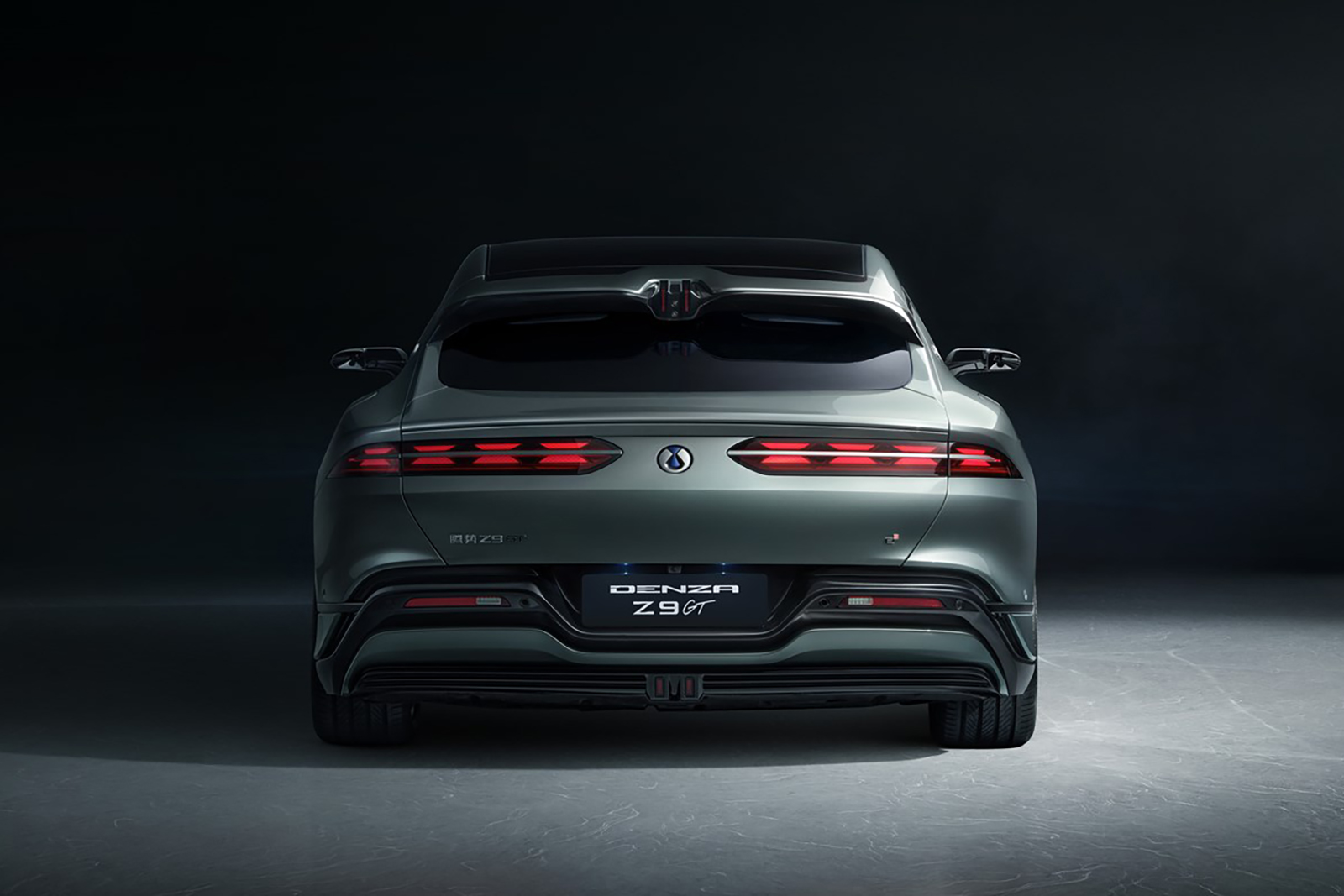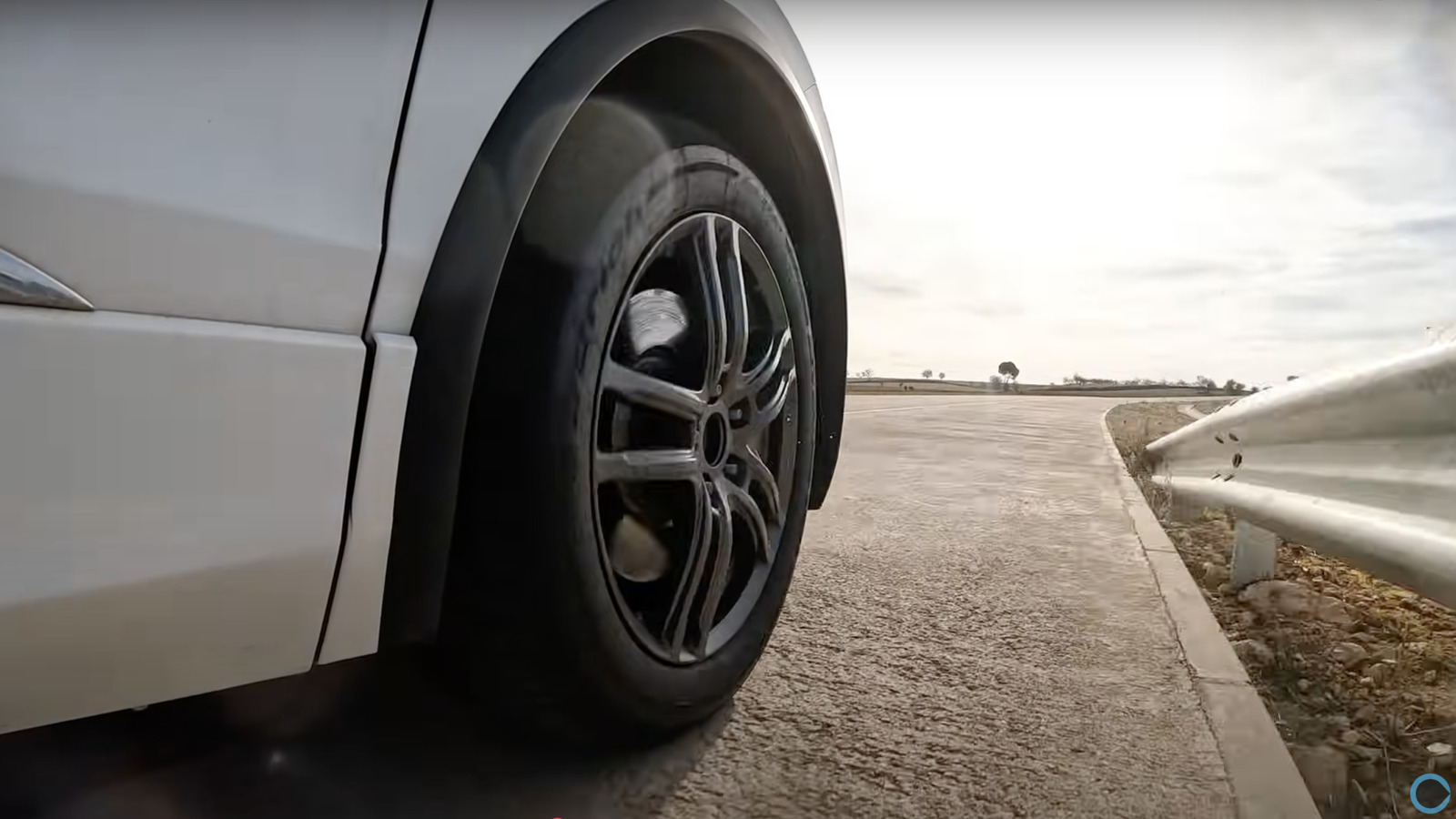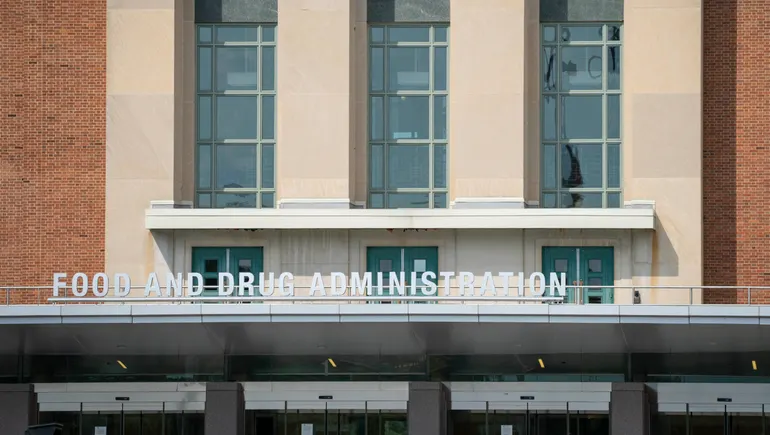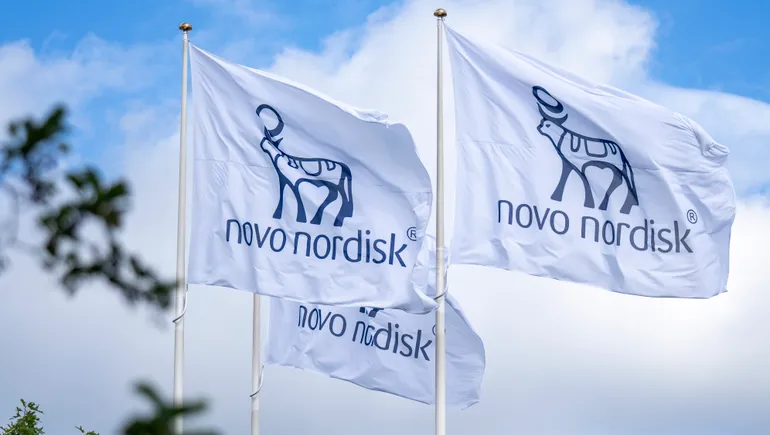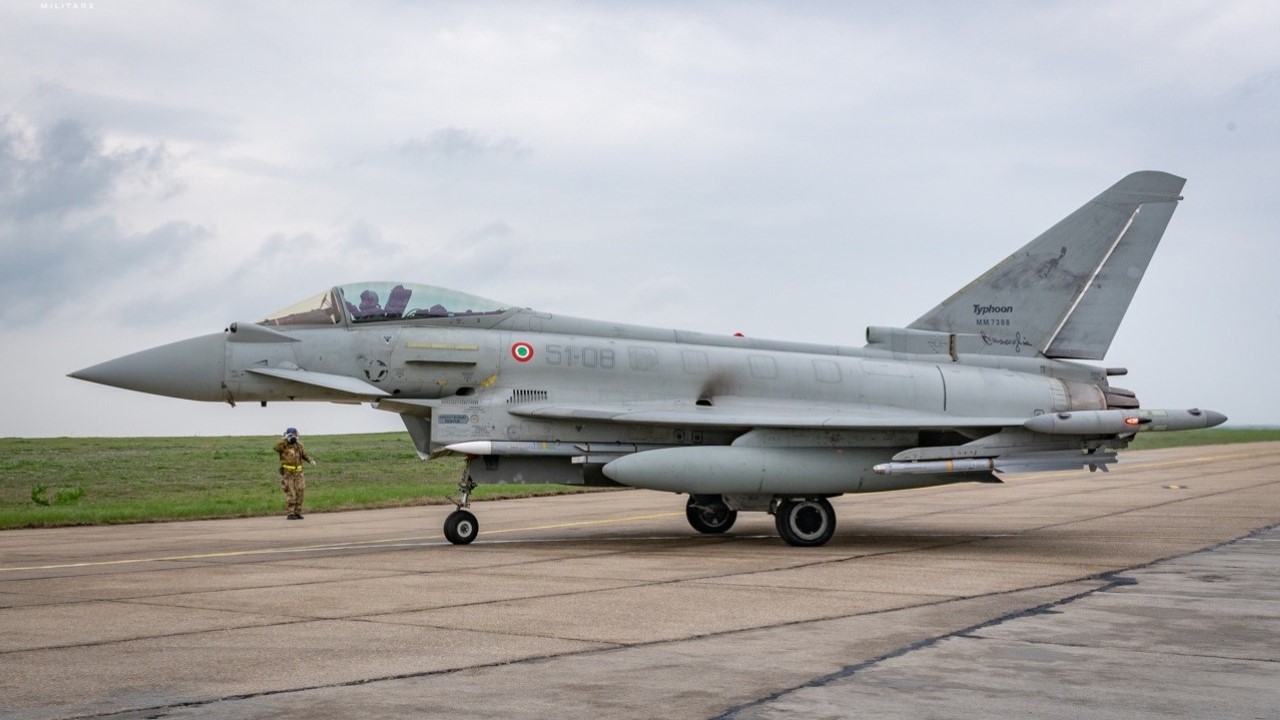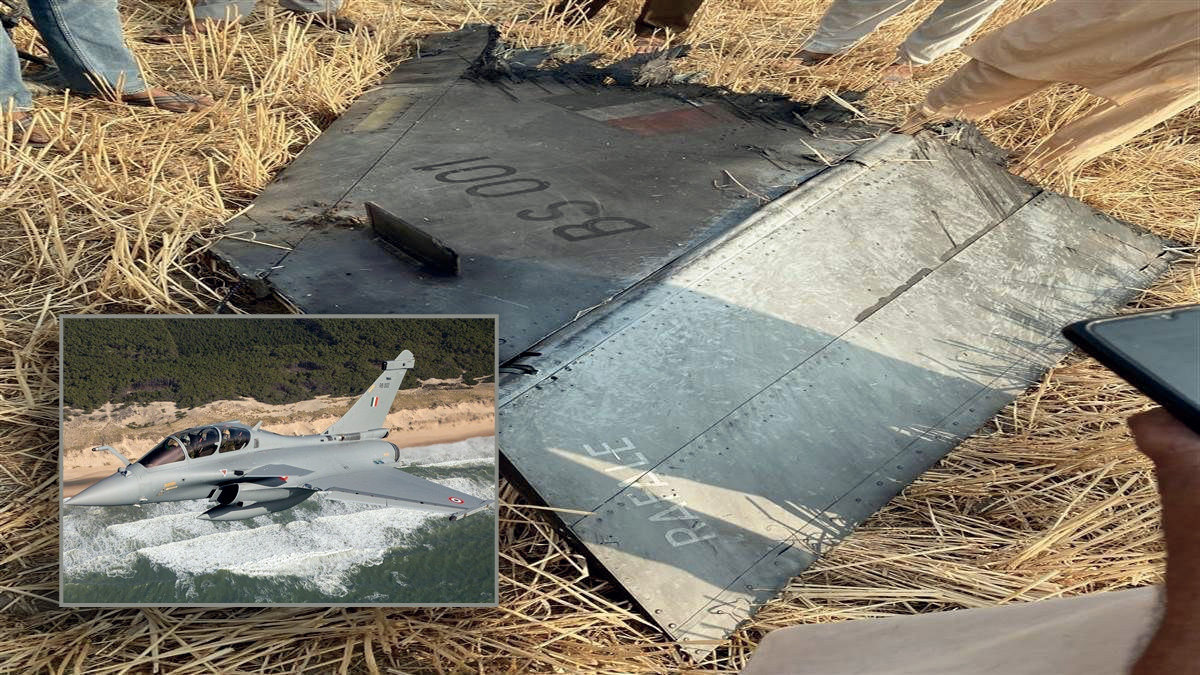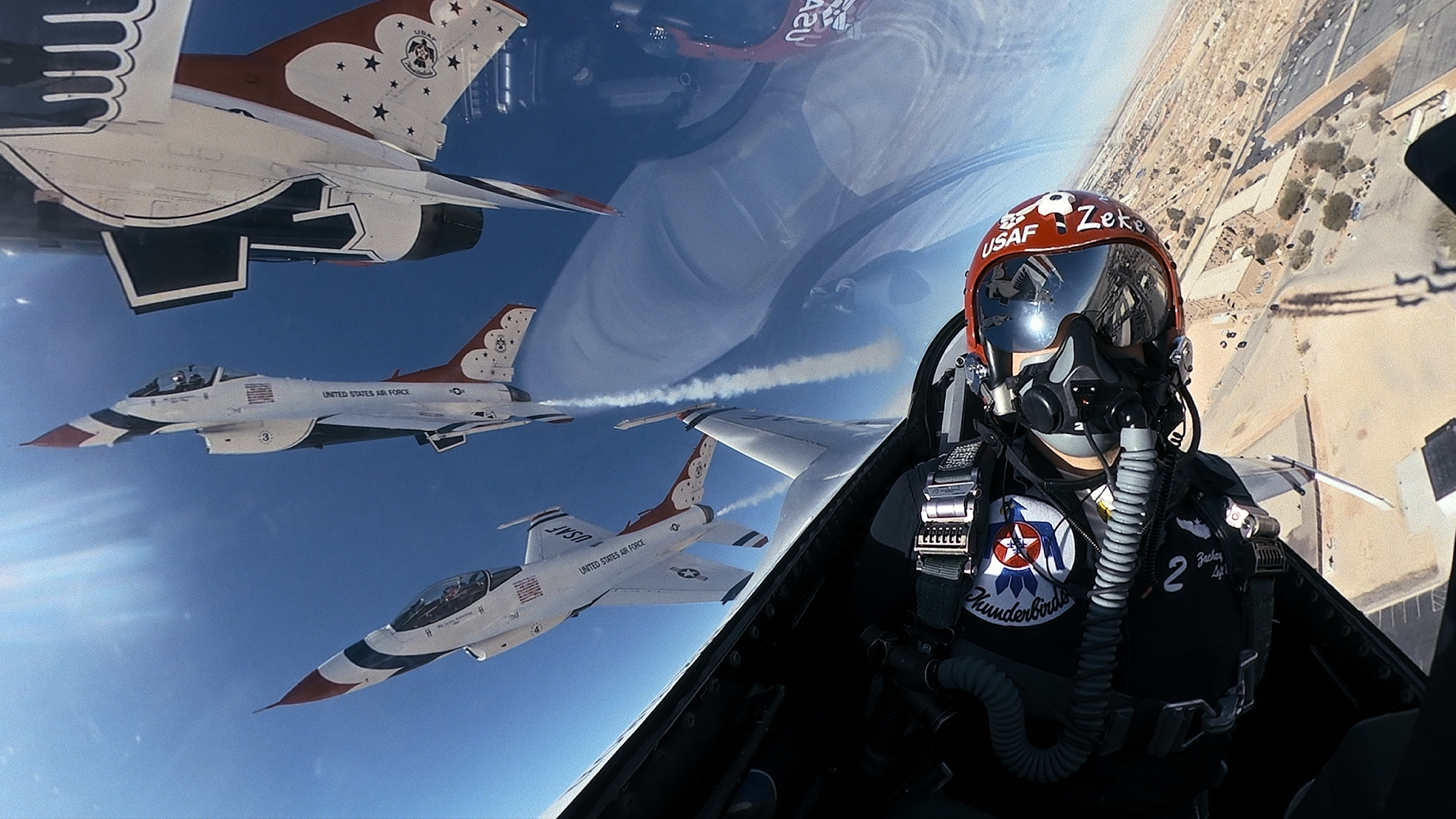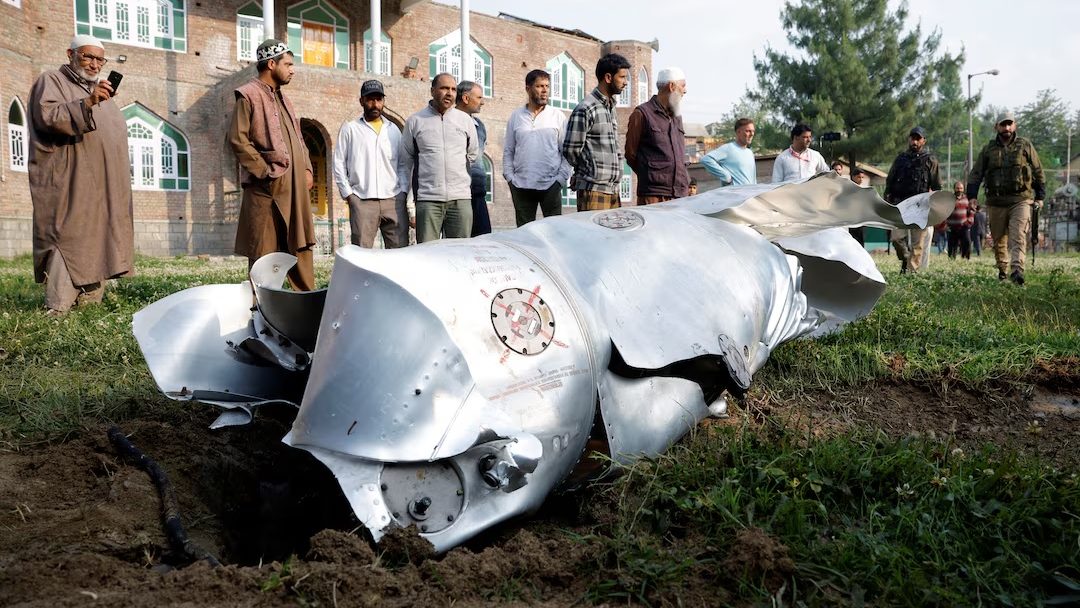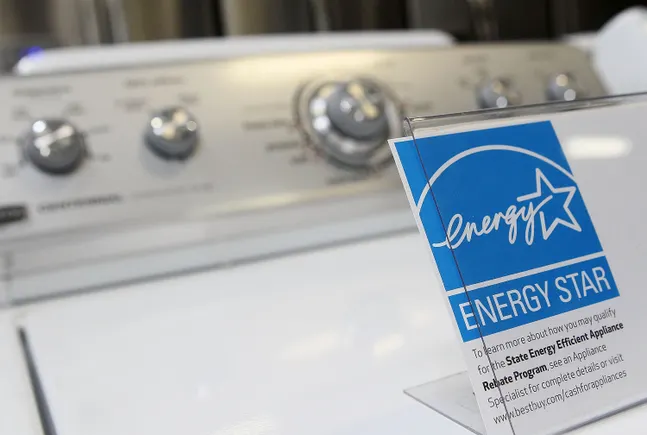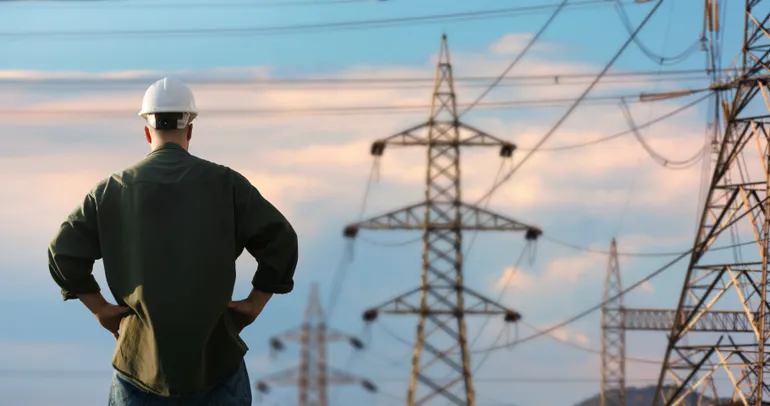With congested waterways, Singapore focused on modernizing navy
Singapore announced a 12.3 percent hike in the defense budget on March 3, pushing overall spending to S$23.4 billion (US$17.4 billion) in the new fiscal year.


The MARSEC is an unmanned surface vessel developed by Singapore. Three are in service and a fourth joins the fleet this year. (Gordon Arthur/Breaking Defense)
SINGAPORE — Many Southeast Asian navies operate a hodgepodge of disparate vessels and classes. Singapore, however, has plotted a careful build-up of its naval capabilities, several of which are starting to see reality — and more of which are on the way.
On April 25, for instance, Singaporean shipbuilder ST Engineering Marine cut steel on the navy’s second Multi-Role Combat Vessel (MRCV). A couple of weeks earlier, the keels for two new offshore patrol vessels for the Republic of Singapore Navy (RSN) were laid. Both these new classes of naval vessel will enter Singaporean service starting in 2028.
Singapore plans to buy six of the frigate-sized MRCVs, which “will function as motherships, capable of controlling unmanned assets across the air, surface and underwater domains,” per the country’s Ministry of Defence. The ships will maximize automated systems, artificial intelligence and data analytics in order to reduce crewing. This is important for Singapore’s conscript-reliant military that faces a declining manpower pool.
As for the offshore patrol vessels, they will perform constabulary tasks around Singaporean waters, replacing the stopgap Sentinel class. The four hulls are being constructed at the Western Baltic Shipyard in Lithuania, before Fassmer fits them out in Germany.
But the RSN isn’t stopping its modernization push with the above vessels. Singapore announced a 12.3 percent hike in the defense budget on March 3, pushing overall spending to S$23.4 billion (US$17.4 billion) in the new fiscal year.
Defence Minister Ng Eng Hen said the rise would fund projects disrupted during the COVID-19 pandemic. He added that budget rises will taper off next year, to keep defense spending within 3 percent of gross domestic product.
The budget’s major revelation relating to the RSN was the purchase of two additional Type 218SG diesel-electric submarines. In a statement, Ng said, “Having proven that the Invincible-class submarines can perform to expectations in tropical waters, the Singapore Armed Forces plan to procure two more submarines, to make up a total of six, as the steady state for our submarine fleet.”
The first two Type 218SGs built by ThyssenKrupp Marine Systems were commissioned in September 2024, and another pair, contracted in 2017, will be operational by 2028.
Collin Koh, an analyst with the Institute of Defence and Strategic Studies at Singapore’s S. Rajaratnam School of International Studies, told Breaking Defense there is an obvious rationale for more submarines.
“Singapore likely notes the ongoing naval buildup in the region, including in the undersea realm, and would strive to keep a more credible submarine capability with a complete six-boat squadron,” he said, noting a larger fleet gives the city state “greater operational flexibility and enhanced deterrence.”
Elsewhere, ST Engineering, with help from Naval Group, is modernizing the RSN’s six Formidable-class frigates. This is courtesy of a contract announced in December 2023, and will include rearming them with Blue Spear anti-ship missiles. The first vessel is expected to complete its midlife upgrade in 2028.
Still further in the RSN’s future is replacement of four Endurance-class landing ships.
Unmanned And Aviation Investments
Singapore is also in the early days of a competition to replace five Fokker 50 patrol aircraft, in service since 1993. Ng said that both the Airbus C295 and Boeing P-8A Poseidon are under consideration, both offering greater range and endurance than the Fokker 50.
Koh explained, “The Fokkers are ageing and becoming obsolete, even with previous upgrades. Now that undersea threats have become more complicated, especially with critical undersea infrastructure entering the picture, there’s a need for better maritime domain awareness capabilities.”
And in the unmanned realm, the RSN formally operationalized a small fleet of 16.9m-long MARSEC unmanned surface vessels in January. Although in use since 2023, they can now operate without a crew aboard.
The Ministry of Defence stated, “After a series of rigorous tests, the RSN’s Maritime Security unmanned surface vessels have begun operational patrols since January 2025, operating alongside manned ships such as the RSN’s Littoral Mission Vessels to enhance the security of Singapore’s waters,” where 1,000 commercial vessels ply the Singapore Strait daily.
Concerning Singapore’s military modernization, Koh noted, “Singapore has definitely seen the writing on the wall where it comes to the evolving security landscape — increasingly fraught, uncertain and all the more so when international rule of law is coming under strain.”



















